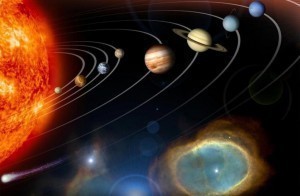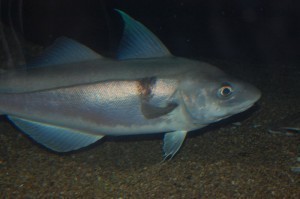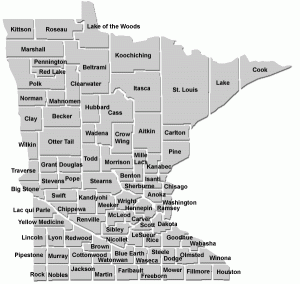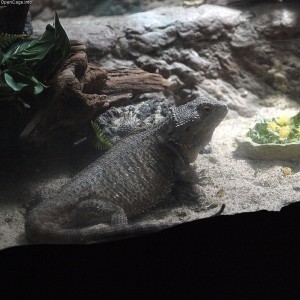What is the Size of the Solar System?
 Introduction
Introduction
The solar system is the sun and the group of heavenly bodies that are attracted to it by the force of its gravity. Eight major planets revolve around the sun: Mercury, Venus, Earth and Mars, also known as the inner planets; and Jupiter, Saturn, Uranus and Neptune, the outer planets. Once counted among them was Pluto, now considered a dwarf planet and grouped with the Kuiper belt beyond Neptune.
What Is the Size of the Solar System?
There are different ways to measure the size of the solar system. And it’s not easy since the boundaries can’t always be defined.
When people think of the solar system, they have in mind only the sun and the planets that orbit the sun. Since Pluto is no longer counted as a planet, the size of the solar system up to the farthest planet has to stop at Neptune.
From the sun to sun to Neptune, the distance is 2.79 billion miles. To get the diameter of the solar system up to this point, multiply it by two: 2.79 x 2 = 5.58. The total diameter of the solar system, if measured as the orbit of its farthest planet Neptune, is 5.58 billion miles.
Other Regions of the Solar System
There are other, farther regions in the solar system which would make the system larger.
The Kuiper Belt
Beyond Neptune are the so-called trans-Neptunian objects. These include Pluto and other bodies in the Kuiper belt. The Kuiper belt’s distance from the sun ranges from 2.79 billion miles to 4.65 billion miles. Pluto is the largest object in the Kuiper belt.
The Oort Cloud
Scientists theorize that a sphere of comets float at the very edge of the solar system. It is from here that comets are believed to enter and travel into the system. It is estimated to be about 18 trillion miles away from the sun. The Oort Cloud marks the real border of the solar system since it is here that the sun’s gravity is at its weakest. Beyond the cloud, the sun can no longer bind heavenly bodies to it.
Structure of Solar System Regions
The solar system consists of several regions. Beginning with the sun, followed by the inner planets. After the inner planets comes the asteroid belt. Asteroids are smaller than planets. Then there are the outer planets and comets. In the trans-Neptunian region are the Kuiper belt and the scattered disc where short-cycled comets originate. In the farthest regions are Heliopause and the Oort Cloud.





